What, Why, and How-to: Gratitude Activities and Techniques
The humble act of feeling gratitude has profound ripple effects on body, mind, and community. In this post, we share why and how-to start a gratitude practice.

Table of Contents
What is Gratitude
Gratitude is that fleeting experience of being pleased, appreciative or thankful for something in your life, and responding to it with feelings of warmth, love, kindness, and generosity.
Professor Robert Emmons of the Gratitude Works Project at UC Davis defines gratitude as having two parts:
Affirmation of goodness : waking up to the good around us and noticing the gifts we’ve received.
Source of goodness : realizing that this goodness comes as gifts from outside of ourselves: from other people, a higher power, fate, or nature.
Why Start a Gratitude Practice
Psychologists say that some people have a naturally grateful personality ( trait gratitude ), while the rest of us experience gratitude as passing feelings ( state gratitude ).
Feeling gratitude isn’t something that naturally comes often to all of us. It’s human nature to be more aware of our “headwinds” (challenges) than “tailwinds” (gifts).
Yet feeling gratitude regularly has tremendous benefits and is a worthy goal.
Benefits of Gratitude for Mind and Body
The science is clear : consciously incorporating gratitude as a practice into daily life brings significant benefits to individual mental and physical health.
For physical health, it’s been shown to reduce blood pressure and improve immunity, calm the nervous system, and lead to healthier nutrition choices. According to Dr. Emiliana Simon- Thomas, at the Greater Good Science Center , “Physiological changes associated with gratitude are typically a reduction in blood pressure and increase in vagal tone, which is taken as an index of increased parasympathetic influence on the peripheral nervous system.” The parasympathetic nervous system (the part of the nervous system that allows our body to “rest and digest”) can help you conserve energy by slowing the heart rate, stimulating digestion, and contributing to overall relaxation.This soothing of the nervous system may be one mechanism by which gratitude works to calm the body.” ( The Science of Gratitude )
For mental health, a gratitude practice has been shown to improve happiness, strengthen positive recall, and deepen resilience. Gratitude journaling and gratitude letters have both been extensively studied by psychologists, leading to their widespread adoption in the field of positive psychology.
Benefits of Gratitude for Community
There is also increasing evidence that gratitude practice has ripple effects, strengthing our partnerships, relationships, and communities ( find-remind-bind theory ). As Professor Sara Algoe writes, “Gratitude starts inside one individual and its effects spread to a dyadic [two-person]relationship and perhaps throughout a social network.”
Gratitude practice can help people identify good candidates for a new relationship (find), appreciate existing relationships (remind), and motivate people to maintain or invest in these relationships (bind).
“I know and am constantly aware of how much we have all lost and are in danger of losing – I am not going to name names – and am awash with gratitude for lovely, funny things that are still here and still work.”
What is a Gratitude Practice
To cultivate and develop those passing feelings of gratitude on a more regular basis, we undertake simple activities, called gratitude interventions by psychologists. Doing regular and consistent gratitude activities is a gratitude practice .
Similar to meditation and exercise, it’s most effective when done in small measures daily. Below is a list with some gratitude practice activity ideas.
Gratitude Practice Ideas
Gratitude Journaling
The Gratitude Journal is one of the most common forms of gratitude practice. It is the simple act of writing down (or typing) what you are grateful for on a daily basis. It is also called “counting your blessings.”
Gratitude journaling is an introspective practice. There are many techniques and tools for this proven practice, and plenty of phone apps for digital journaling:
One Observation Per Day
Whether short-form or long-form, narrowing down your written gratitude to just one thing can be an approachable way to begin a practice. It also requires you to pick what is most important. You may also find that when you read your one thing per day in hindsight after several weeks or months, you discover patterns or personal insights. These are some techniques:
- Bullet journaling is like writing a list, with one bullet point per day. This is a great approach for folks who don’t normally enjoy writing or journaling.
- The “Dazzle Per Day” (or, Delight Per Day) is similar to bullet journaling, but encourages you to observe one thing every day that gave you a sense of awe or wonder:
- Sensory Beauty: flavors, colors, sights, touches, sounds
- Nature: scale (massive or intricate), complexity, animal connections
- “Moral Beauty” : acts and actions that inspire
- Epiphanies, insights, spiritual / religious moments, life, birth, death
- Harmony, synchronicity, collective effervescence: the power of us
Top 3
Three Good Things (TGT, or What Went Well) is a well-studied and widely-recommended activity. Write to the same prompt every day (here’s a printable template):
1) What 3 things went well today?
AND
2) Why did they go well?
More Gratitude Journaling Techniques
- Open journaling with a focus on gratitude: free-form, stream-of-consciousness journaling for any length. Gratitude writing prompts can help you get started.
- The Gratitude Essay is longer-form, more formal writing, which can be especially helpful at reflection points and life milestones. The writer may choose to go back, edit, and work the piece with intention, rather than the free-form practice of journaling.
- Gratitude letters that you don’t intend to deliver (more on that next)! It could be written to an undeliverable person, such as a gratitude letter to your pet or Nature.

Gratitude Letters
While gratitude journaling is an introspective practice, gratitude letters have a direct social impact. The letters should be delivered to the recipient as part of the activity. This practice showed evidence in scientific studies to improve happiness, even weeks afterwards.
Try it at the UCal Berkeley Greater Good Science Center >>>
For her 50th birthday, the author Nancy Davis Kho wrote a list of all the people in her life who had influenced her, helped her, and inspired her. Over the course of the year, she wrote and delivered 50 gratitude letters (an average of about one per week) and shared her experience in the book, The Thank-You Project: Cultivating Happiness One Letter of Gratitude at a Time.
Gratitude Meditation
A non-written practice, guided or unguided, gratitude meditation is a present-moment, contemplative act with an intentional focus on gratitude. Neuroscience also provides evidence that the act of meditation and contemplative practice bring mind and body benefits.
Try it at the UCal Berkeley Greater Good Science Center >>>
We particularly enjoyed David Gandelman’s course, 21 Days of Morning Gratitude on the Insight Timer app.

Other Ways to Practice Gratitude
- Cultivate Wonder. The mental state of openness, questioning, curiosity, and embracing mystery, channeling the inner child, can open the door to gratitude. Cultivate wonder by reaching out and experiencing art, music, poetry, photography, scientific discoveries, learning and education, philosophy. Cultural outings - such as museum visits, theaters or lecturs, spur us to experience awe. A recent Cambridge University study found that1 cultural outing per month reduced the risk of depression by half!
-
Wonder Walks. Take walks. No multi-tasking (such as listening to music or audio books, or scrolling your phone as you walk). Observe what’s around you with a childlike sense of wonder:
- Seek out your “Dazzle Per Day.” Look for fresh details on your walk with new eyes.
- Imagine you are seeing it for the first time, or you’re a visitor who’s never been here before.
- Look up, look down, look out, look in. Expand your vision to a panoramic view, and inspect things up close.
- Choose a color and look for examples of that color along your walk.
- Imagine a story behind some of the things you see: who put it there, why they made that choice.
-
Savoring. Savoring is the process of bringing mindful attention and awareness to the positive things in life during the day by taking a short pause in the moment.
- Professor Fred Bryant shared this practice: when he realizes he’s immersed in something that he should savor, like a birthday celebration, he will get up and leave. “I’ll walk out of the restaurant and stand in the parking lot for a minute.” He takes a moment to view the sight of his loved ones from a distance, then goes back in. Pulling back, even briefly, gives him instant perspective and deepens his appreciation.
Wrap-up
We hope this inspires you to give Gratitude Practice a go! Experiencing gratitude doesn't come naturally or often for everyone, so a simply daily activity can make a big difference in mind and body health, and even have a ripple effect on your relationships and community.
Let us know what you find in the comments below!
Resources
- Academy of American Poets. Poem-a-Day Project.
Diniz, Geyze, et al. The effects of gratitude interventions, a systematic review and meta-analysis . Einstein Journal, 2023.
Dunn, Jancee. How to savor life like an astronaut [gift link]. The New York Times, Well, February 1, 2024.
Fancourt, Daisy and Urszula Tymoszuk. Cultural engagement and incident depression in older adults. Cambridge University Press, 2018.
Greater Good Science Center , UCal Berkeley.
Keltner, Dacher. Awe: The New Science of Everyday Wonder and How It Can Transform Your Life . Penguin Press, 2023.
Kho, Nancy Davis. The Thank-You Project: Cultivating Happiness One Letter of Gratitude at a Time . Running Press, 2019.
Library of Congress. Poetry 180 Project.
Pratt, Misty. The Science of Gratitude . Mindful.org, 2022.
Ricard, Matthieu, et al. Neuroscience Reveals the Benefits of Meditation . Scientific American, 2014.
Smith, Jeremy Adam, et al, Eds. The Gratitude Project: How the Science of Thankfulness Can Rewire Our Brains for Resilience, Optimism, and the Greater Good . New Harbinger Press, 2020.






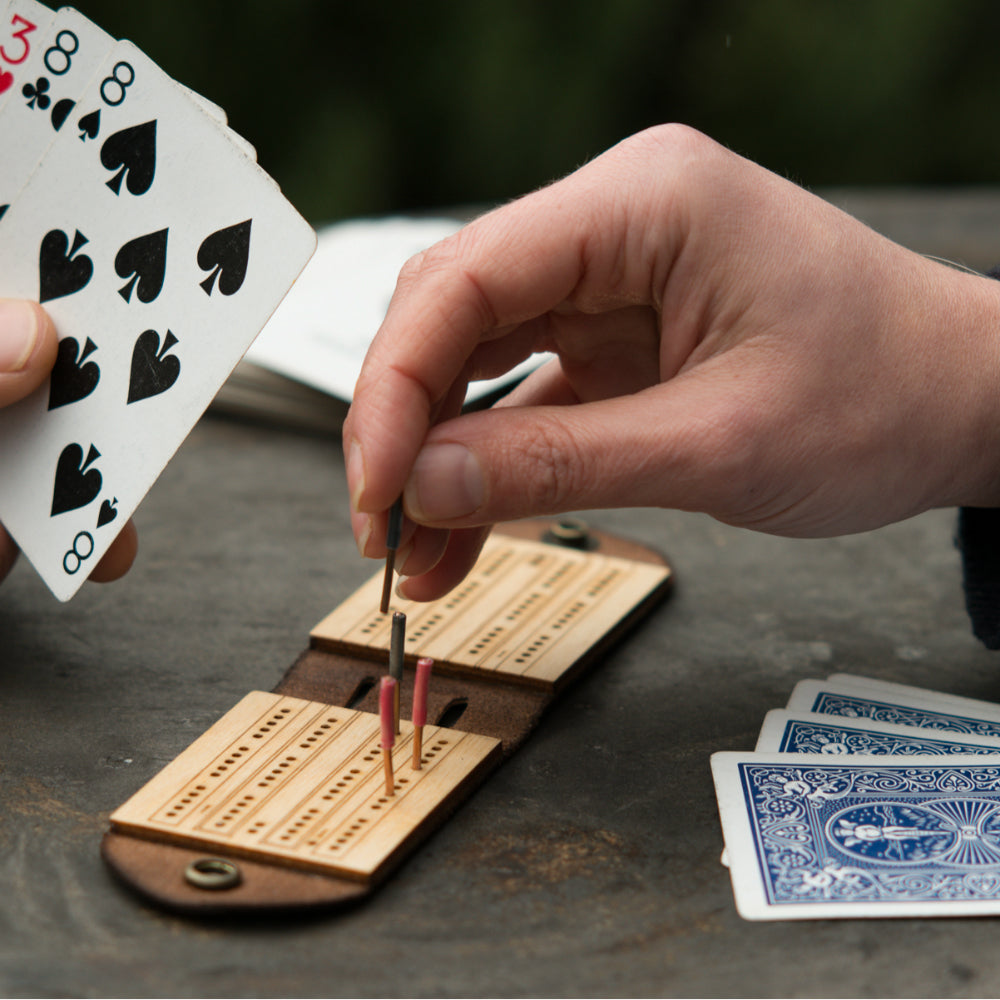








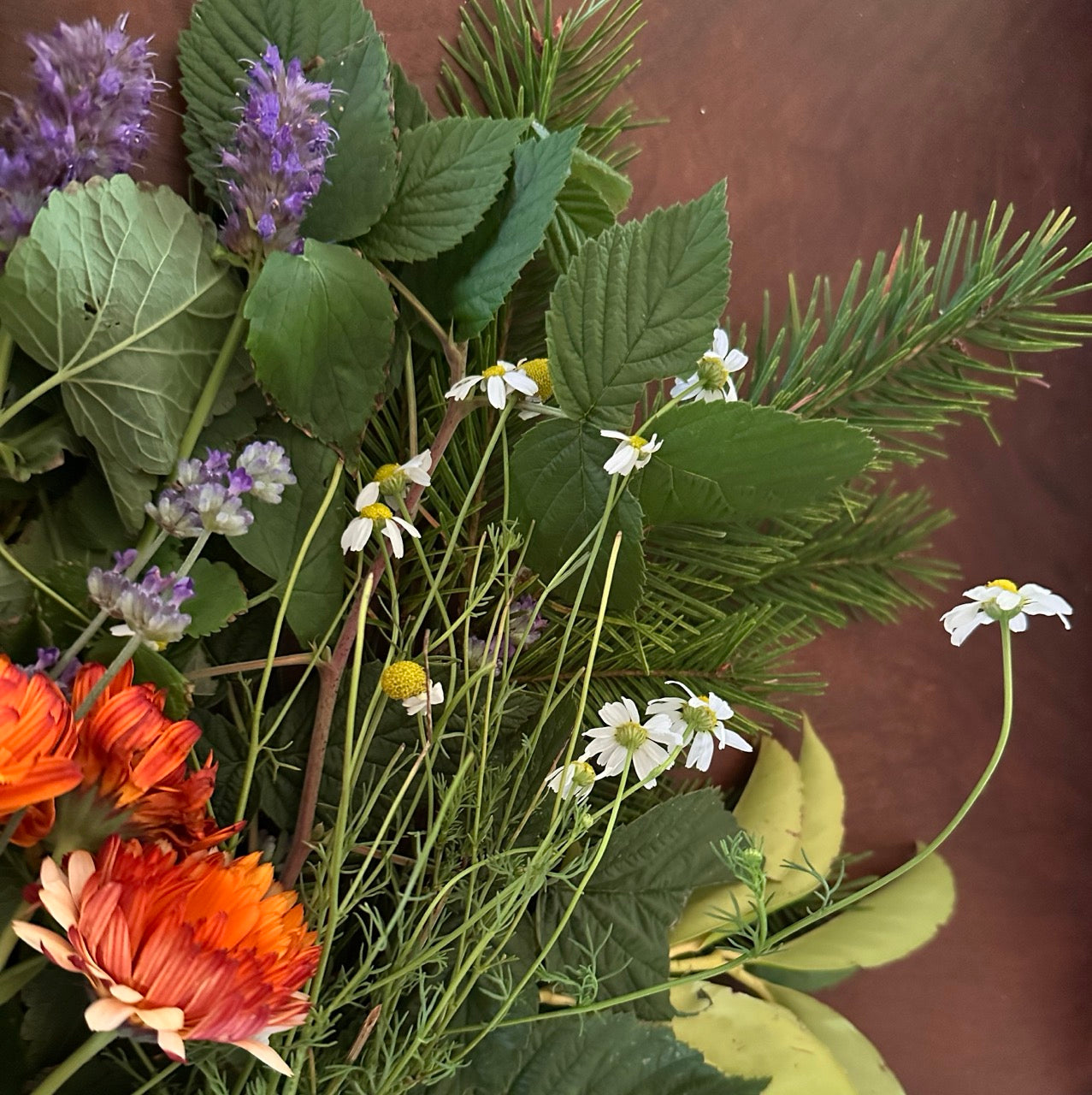



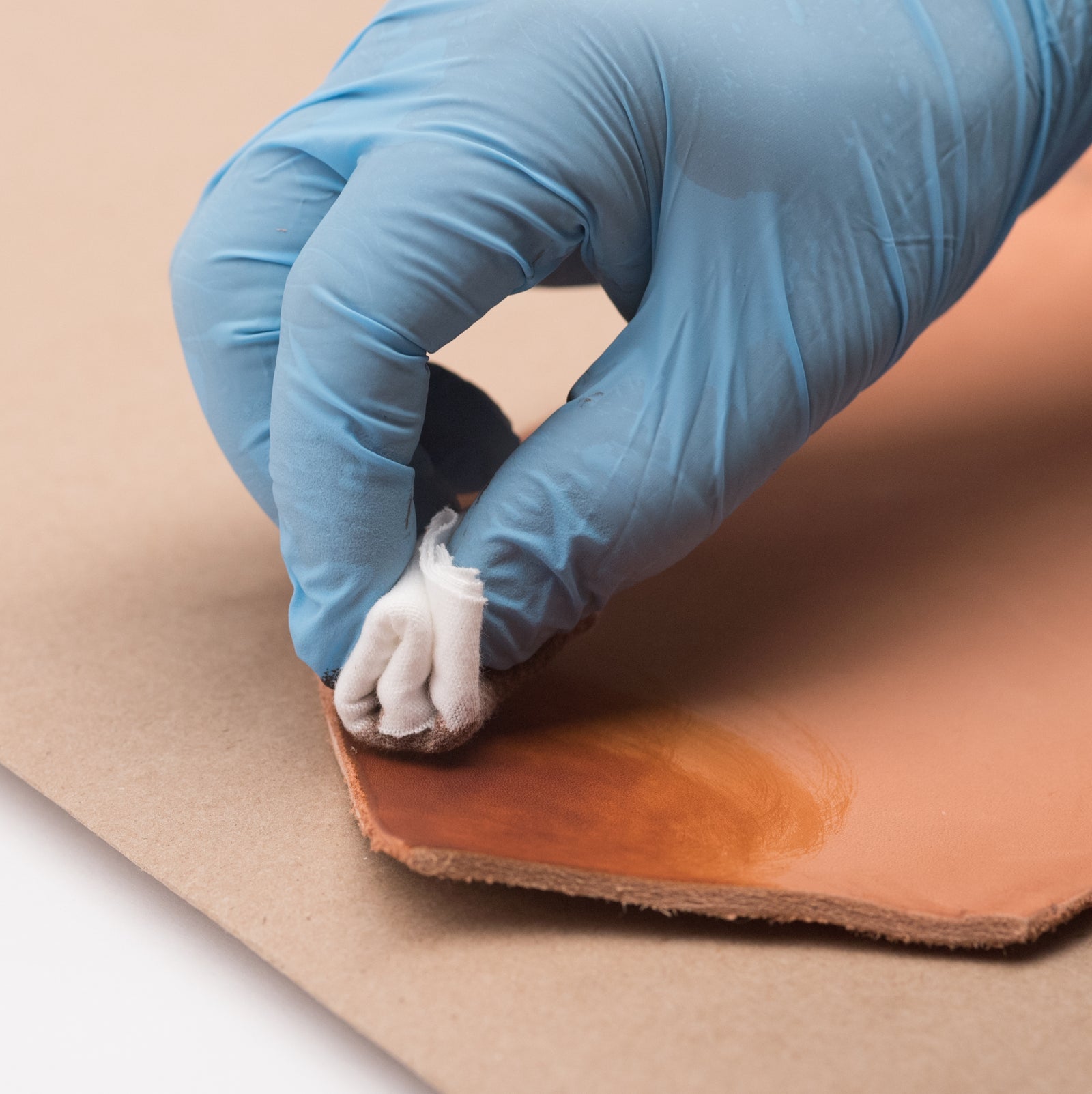
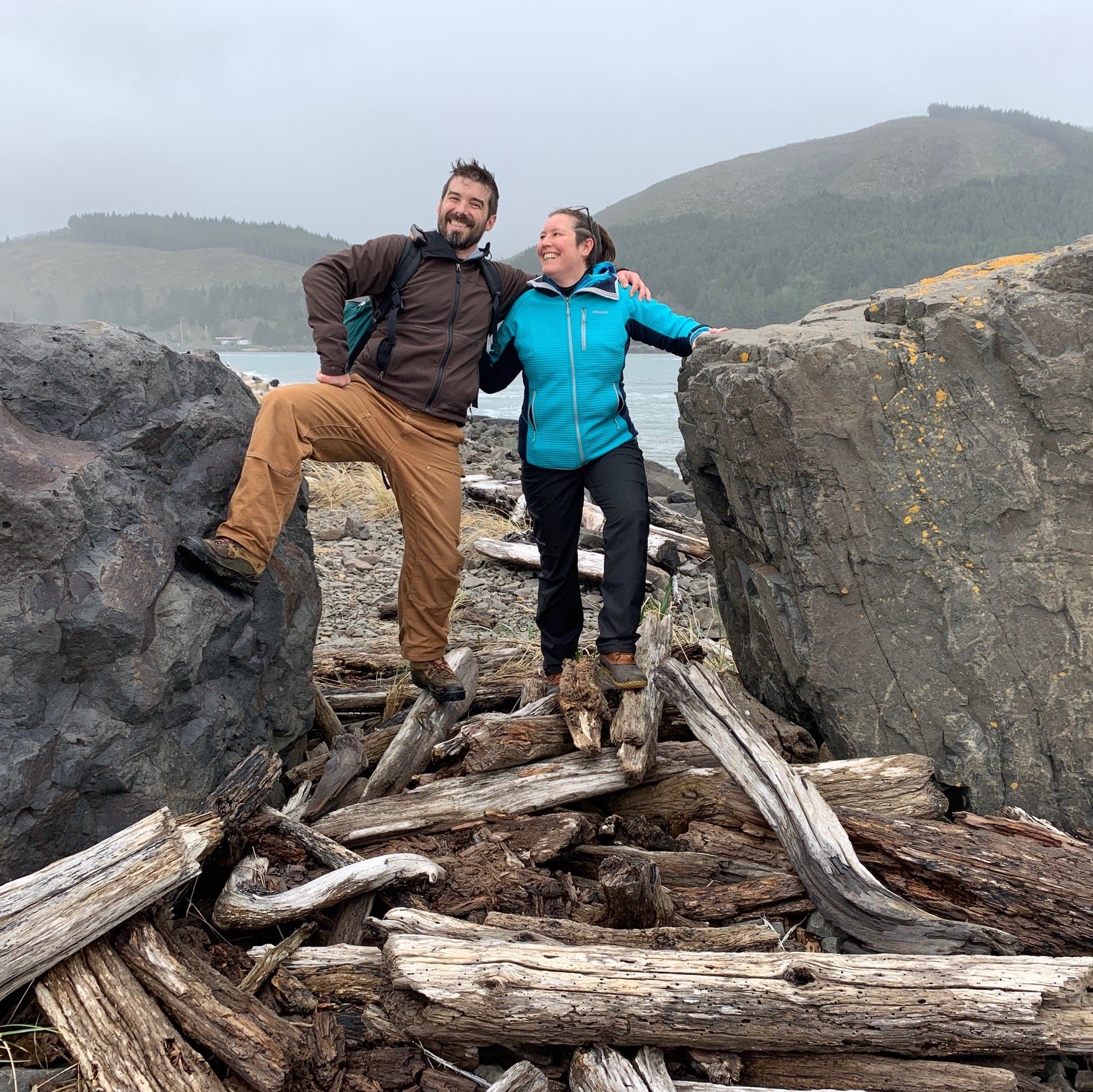
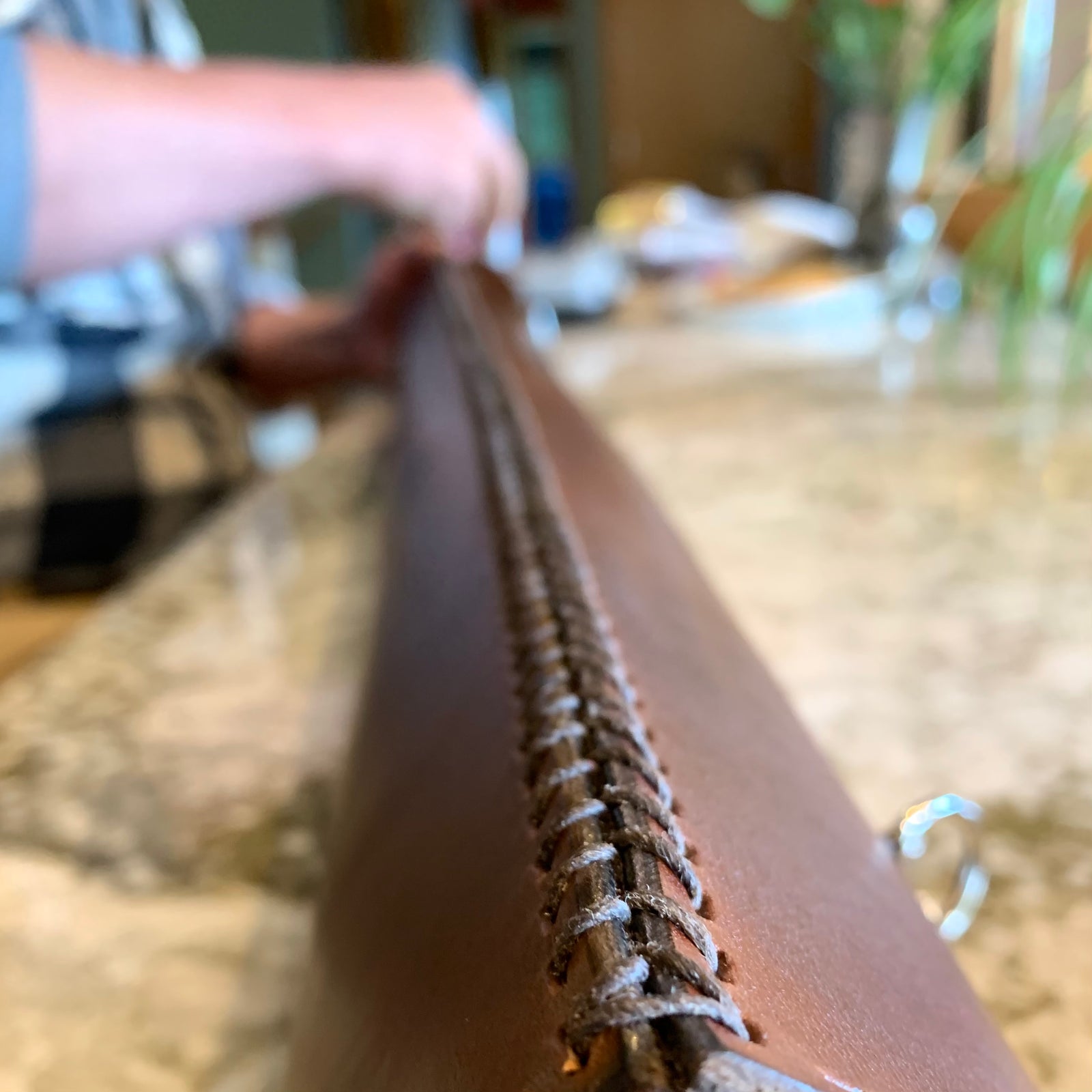
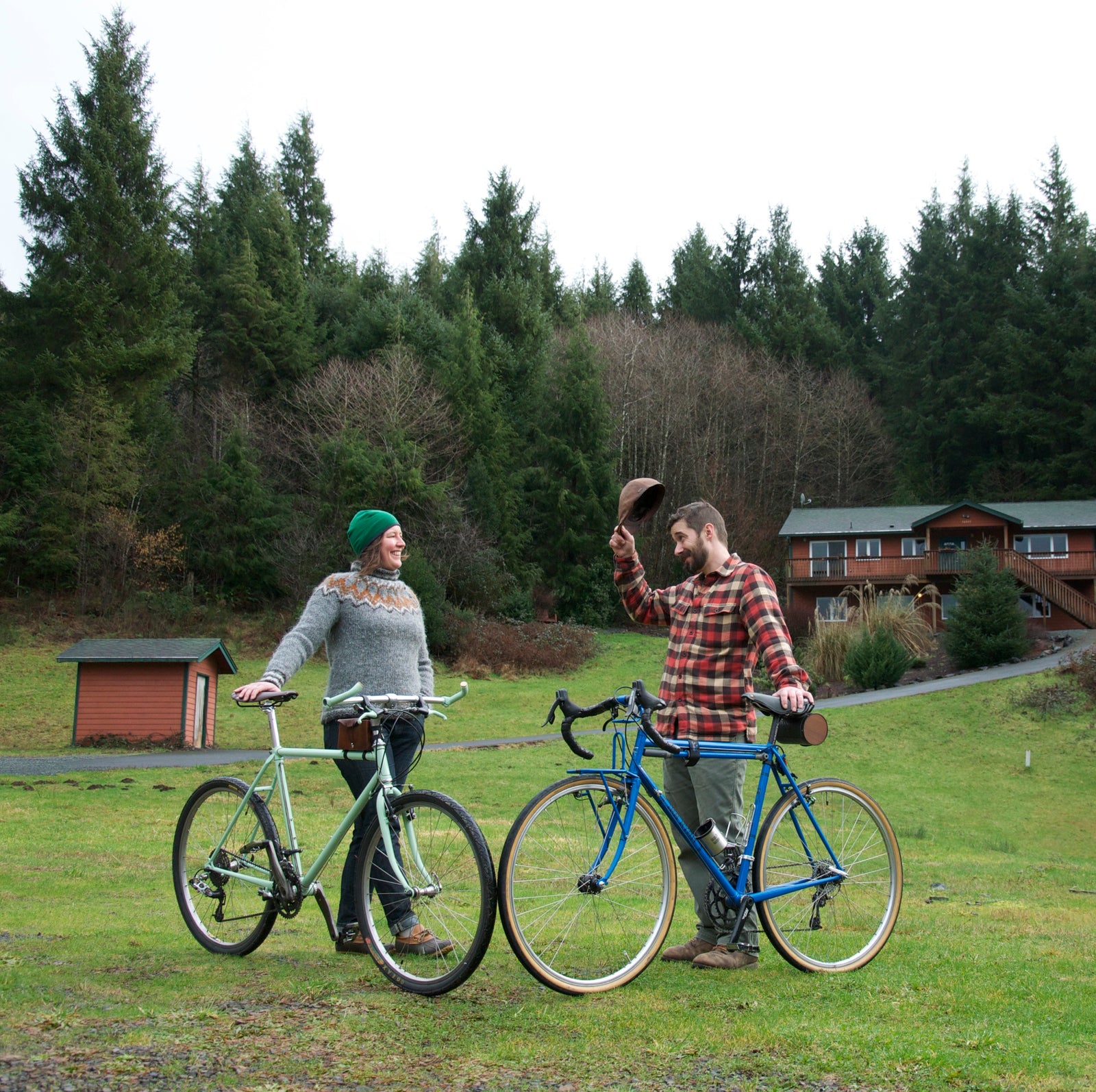











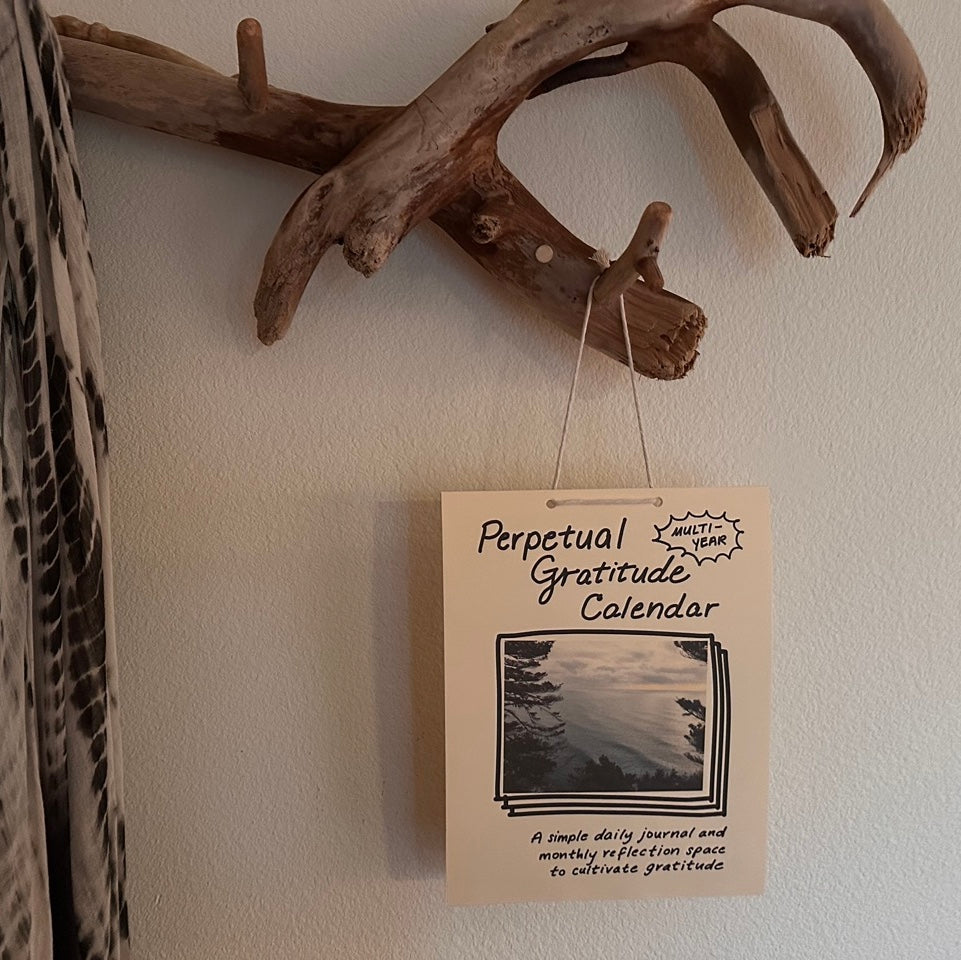


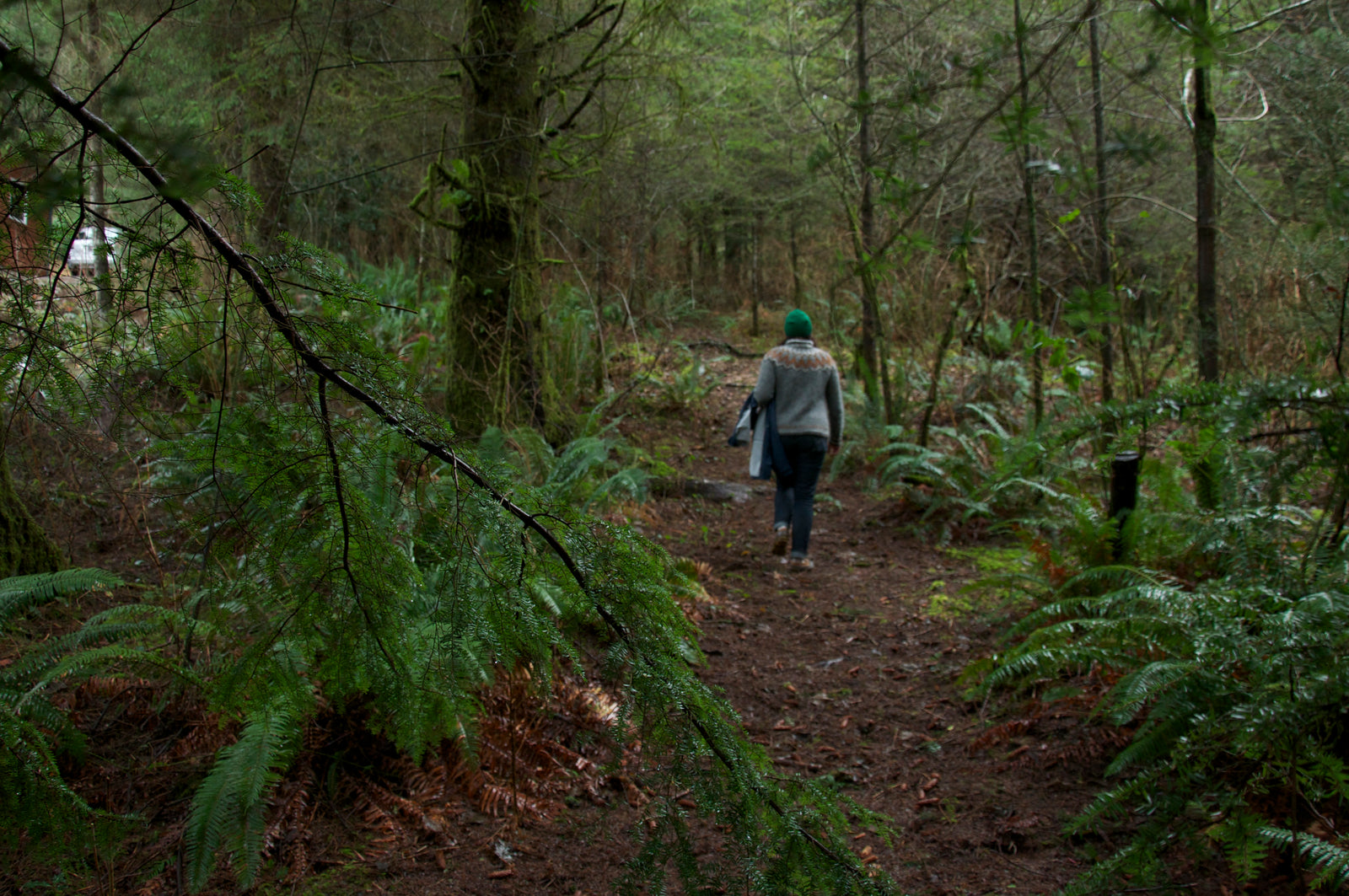
Leave a comment (all fields required)